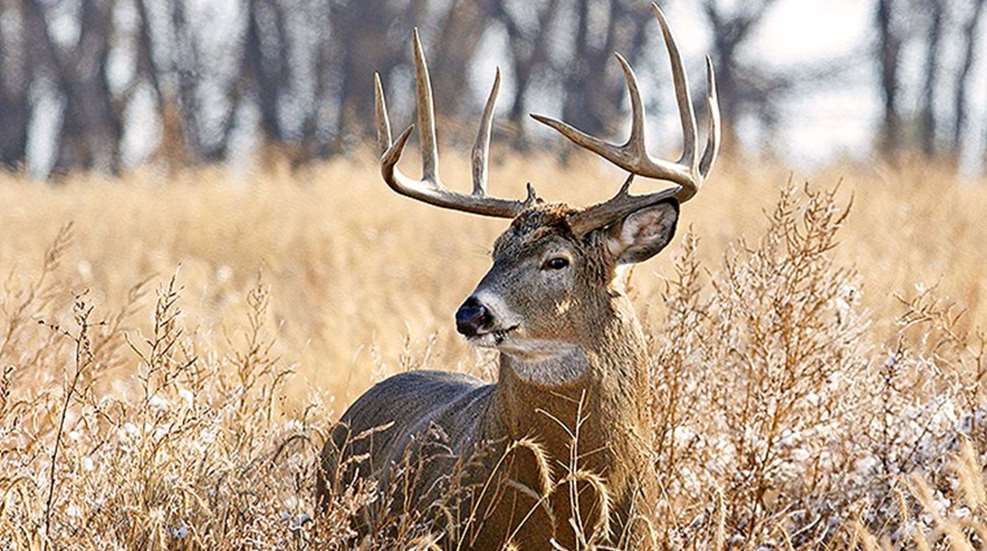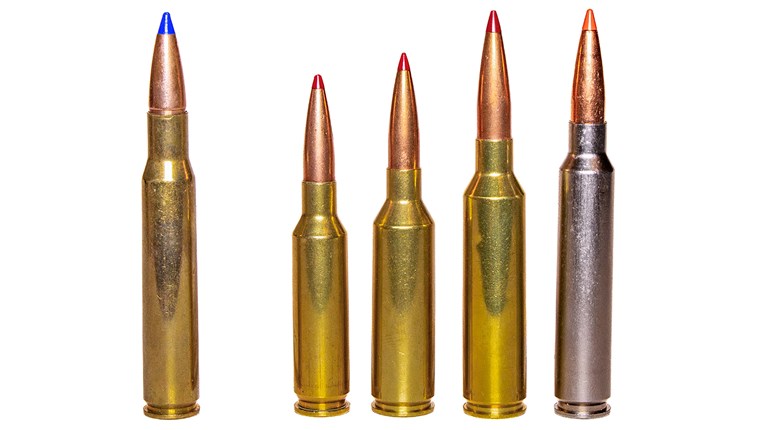
Bucks used to be classified by the number of points you could hang a ring on, or by adjectives like "small," "medium," "large" or "monster." Personally, I like to kill big deer, but I’m not a trophy hunter; I’ve never measured the antlers of any deer I’ve taken. However, we’ve transitioned to a time when deer are rated by inches and age. In some locations, deer are protected similarly. This means you might need to make a measurement before you pull the trigger. That can be tricky.
Before discussing how to field-judge whitetails, it’s important to know why limitations exist. A whitetail buck reaches maturity between three and six years of age. This is the time they’ll generally have the largest antlers. According to the Quality Deer Management Association (QDMA), one of the best ways to increase the number of bucks in the herd is to not shoot the immature ones. In many locations, young bucks make up 50 to 80 percent of the harvest. This can potentially unbalance the herd and destabilize the rut.
A high population of mature bucks makes hunting more exciting. If you shoot ‘em all while they’re small, you’ll never see lots of big ones. Now, this is not to say you’ll never see a three- or even two-year-old with nice antlers. Nutrition and genetic factors have tremendous influence on antler growth. So, while you’re hunting how are you supposed to guess—and a guess is all it is—the age of a deer?
The Body
Even the QDMA suggests, “Estimating the age of live bucks is not an exact science.” The first trick is to ignore the antlers. Study the body first; a mature buck will generally have a prizefighter’s thick neck and blocky look. However, late in the rut bucks become run down; a buck can lose as much as 25 percent of its body weight in just a few weeks.
Yearling bucks will not have rut-swelled necks, their hindquarters are thin, and their legs spindly. Two-year-old bucks are a little harder to judge and a good analogy might be to compare them to football players. A two-year-old can look big but its body is built lean, kind of resembling that of a wide receiver. At three years old a buck looks more like a fullback, and at four he’ll take on the characteristics of a linebacker with a thick neck and big shoulders.
If it’s late in the rut and you suspect a buck may be run down, you can turn to the antlers for help. Yearling deer rarely have antlers spreading beyond the limit of their ears. Thick bases and longer beams tend to suggest an older deer, as do kicker points and drop tines. Lots of antler mass is most often found on deer three or more years old.
The Antlers
Judging antler size is a bit easier, and this can be even more important because some locations restrict the harvest of deer with antlers that are not wide enough or do not have enough points. If you’re hunting where there’s a point restriction, it's simple math. Count the points and pull the trigger. However, don’t assume. It's common for whitetail bucks to have brow tines, but this is not always the case. I’ve seen nice mature bucks with missing or broken brow tines.
Antler width can be trickier to estimate. The spread between the relaxed ears of a whitetail buck is about 15 inches. If the buck is alarmed, ears pointed forward, this width is about 12 inches. Ideally, you should make this comparison while the deer is looking at you. There seems to be an optical illusion when viewing a whitetail from the rear; their antlers always look wider from that angle.
Other Considerations
Older bucks, those past their prime, can become extremely run down by late season. This is even more common when food sources are sparse. Grey elongated faces, swayed backs, and possibly thick but stubby, crooked antlers distinguish these bucks. If you see one of these geezers, consider not passing him up. He’ll be more subject to disease, will struggle to get through the winter, and he’s past his breeding prime. These old brutes are the true trophies of the whitetail woods: They’re wise, rare, and represent everything that is wild.
I’m not suggesting young or new hunters should pass on a young buck, if it is legal and especially if they need the meat. However, as you grow as a hunter you can challenge your skills by shooting mature bucks. The downside is your taxidermy bill will likely increase; we all love them big antlers on the wall!






































